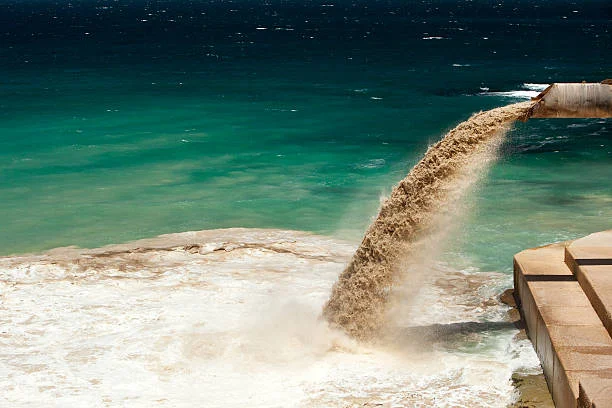
In the mining industry, the extraction of precious metals often involves the use of cyanide, which generates a significant amount of cyanide-containing wastewater from cyanide tailings. This wastewater is highly toxic and poses a serious threat to the environment and human health if not properly treated. Therefore, effective treatment methods and processes are crucial for ensuring sustainable development in the mining sector. This article will comprehensively introduce the treatment methods and processes of cyanide-containing wastewater from cyanide tailings.
1. Importance of Treating Cyanide-Containing Wastewater from Cyanide Tailings
Cyanide is a highly toxic substance that can inhibit the normal functioning of cells' respiratory enzymes, leading to cell death. Even at low concentrations, cyanide can be extremely harmful to aquatic organisms, disrupting the ecological balance of water bodies. If cyanide-containing wastewater enters the soil or groundwater, it can contaminate the water sources that are vital for human drinking and agricultural irrigation, thereby endangering human health and agricultural production. Strictly treating this wastewater is not only a requirement for environmental protection regulations but also a necessary measure for the sustainable operation of mining enterprises.
2. Common Treatment Methods
2.1 Chemical Oxidation
Chlorination Oxidation: This is one of the most widely used chemical oxidation methods. Chlorine-based reagents, such as sodium hypochlorite and calcium hypochlorite, are added to the wastewater. Chlorine reacts with cyanide ions to oxidize them into less toxic cyanate first, and then further oxidize cyanate into carbon dioxide, nitrogen, and other harmless substances. The reaction process is relatively fast, but it needs to control the dosage of the oxidant accurately to avoid excessive chlorine consumption and the generation of harmful by-products.
Ozone Oxidation: Ozone has strong oxidizing properties. When used to treat cyanide-containing wastewater, ozone can directly react with cyanide to decompose it into non-toxic substances. Ozone oxidation has the advantages of no secondary pollution and high oxidation efficiency. However, its equipment investment cost is relatively high, and the production and utilization of ozone require strict operation conditions.
Hydrogen Peroxide Oxidation: Hydrogen peroxide can also oxidize cyanide under certain conditions. It is often used in combination with catalysts, such as iron salts, to improve the oxidation rate. This method is relatively environmentally friendly, but the reaction time may be longer, and the selection of appropriate catalysts and reaction conditions is crucial for treatment effectiveness.
2.2 Biological Treatment
Biological treatment methods use microorganisms to degrade cyanide. Some specific bacteria can use cyanide as a carbon source and nitrogen source for growth and metabolism. In the biological treatment process, the wastewater needs to be pretreated to remove substances that are harmful to microorganisms, and then the wastewater is introduced into a biological treatment system, such as an activated sludge system or a biofilm reactor. The optimal growth environment for microorganisms, including temperature, pH value, dissolved oxygen, etc., needs to be maintained to ensure their activity and degradation efficiency of cyanide. Biological treatment has the advantages of low cost and less secondary pollution, but it is more sensitive to the quality of wastewater and requires a longer treatment cycle.
2.3 Physical-Chemical Methods
Ion Exchange: Ion exchange resins with specific functions can selectively adsorb cyanide ions in wastewater. These resins have functional groups that can interact with cyanide ions. After the resins are saturated with cyanide ions, they can be regenerated by appropriate regeneration agents, and the cyanide ions can be recovered or further treated. Ion exchange has high selectivity and treatment efficiency, but the cost of resins and regeneration agents needs to be considered, and the treatment of regeneration waste also requires attention.
Membrane Separation: Membrane separation technologies, such as reverse osmosis and nanofiltration, can separate cyanide ions from wastewater by using the selective permeability of membranes. This method can effectively remove cyanide and other pollutants, and the treated water quality is relatively good. However, membrane separation is prone to membrane fouling problems, which require regular cleaning and maintenance of the membranes, increasing the operation cost.
3. General Treatment Process
3.1 Pretreatment
Before the formal treatment, the cyanide-containing wastewater from cyanide tailings needs to be pretreated. This step mainly includes removing large suspended solids, adjusting the pH value of the wastewater, and inactivating some substances that may interfere with subsequent treatment processes. For example, the use of sedimentation tanks can remove suspended solids, and adding appropriate acid or alkali can adjust the pH value of the wastewater to a suitable range for subsequent treatment.
3.2 Main Treatment
According to the selected treatment method, the pretreated wastewater enters the main treatment stage. If using chemical oxidation, the corresponding oxidant is added according to the calculated dosage, and the reaction is carried out in a reaction tank with appropriate stirring to ensure sufficient contact between the oxidant and cyanide. In the case of biological treatment, the wastewater is introduced into the biological treatment device, and the operation parameters of the device are adjusted to maintain the optimal growth environment of microorganisms. For physical-chemical methods, the wastewater passes through ion exchange columns or membrane separation equipment to achieve the separation and removal of cyanide.
3.3 Post-treatment
After the main treatment, post-treatment is required to further purify the treated water and ensure that it meets the discharge standards. Post-treatment may include processes such as further removal of residual trace pollutants, adjustment of water quality indicators (such as pH adjustment again, reduction of chemical oxygen demand), and disinfection. The treated water needs to be sampled and tested regularly to ensure that its quality meets the relevant environmental protection requirements.
4. Key Considerations and Future Trends
During the treatment process, it is necessary to pay attention to the safety of operators to prevent cyanide poisoning. At the same time, the selection of treatment methods and processes should comprehensively consider factors such as treatment cost, treatment efficiency, and environmental impact. In the future, with the continuous improvement of environmental protection requirements, the research and development of more efficient, environmentally friendly, and low-cost cyanide-containing wastewater treatment technologies will be the development trend. For example, the combination of multiple treatment methods, the development of new catalysts and materials for chemical oxidation, and the optimization of biological treatment processes to improve the degradation efficiency of cyanide.
In conclusion, the treatment of cyanide-containing wastewater from cyanide tailings is a complex but essential task. By understanding and applying appropriate treatment methods and processes, and continuously exploring and innovating, we can effectively solve the problem of cyanide pollution, protect the ecological environment, and promote the sustainable development of the mining industry.
- Random Content
- Hot content
- Hot review content
- အလုပ် ခေါင်းစဉ် : ပြောင်းသာလဲသာ ရှိ သော ဖောက်သည် နှင့် ထောက်ပံ့ ပေး သူ ဆက်ဆံရေး ကျွမ်းကျင် သူMyanmar
- Sodium Sulfide Industry Grade 60% 30ppm/150ppm Yellow/ Red Flakes Na2s
- Expanded AN explosive
- Cyanoacetic acid 99% Powder
- Barium carbonate 99% powder
- Cobalt Sulphate Heptahydrate
- 2-Hydroxyethyl acrylate (HEA)
- 1Discounted Sodium Cyanide (CAS: 143-33-9) for Mining - High Quality & Competitive Pricing
- 2China's New Regulations on Sodium Cyanide Exports and Guidance for International Buyers
- 3Sodium Cyanide 98% CAS 143-33-9 gold dressing agent Essential for Mining and Chemical Industries
- 4International Cyanide(Sodium cyanide) Management Code - Gold Mine Acceptance Standards
- 5China factory Sulfuric Acid 98%
- 6Anhydrous Oxalic acid 99.6% Industrial Grade
- 7Oxalic acid for mining 99.6%
- 1Sodium Cyanide 98% CAS 143-33-9 gold dressing agent Essential for Mining and Chemical Industries
- 2High Quality 99% Purity of Cyanuric chloride ISO 9001:2005 REACH Verified Producer
- 3Zinc chloride ZnCl2 for High Molecular Weight Polymers Initiator
- 4High Purity · Stable Performance · Higher Recovery — sodium cyanide for modern gold leaching
- 5High Quality Sodium Ferrocyanide / Sodium Hexacyanoferr
- 6Gold Ore Dressing Agent Safe Gold Extracting Agent Replace Sodium Cyanide
- 7Sodium Cyanide 98%+ CAS 143-33-9

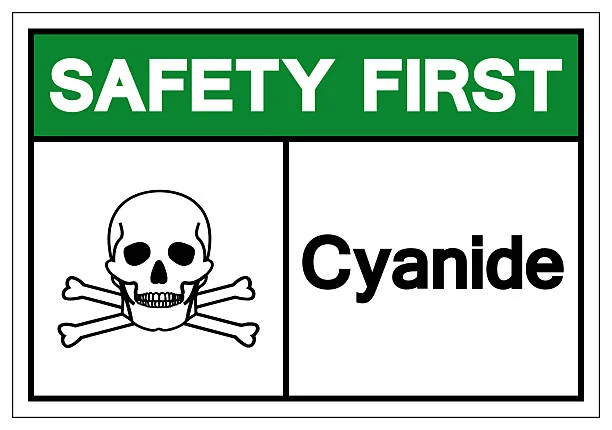
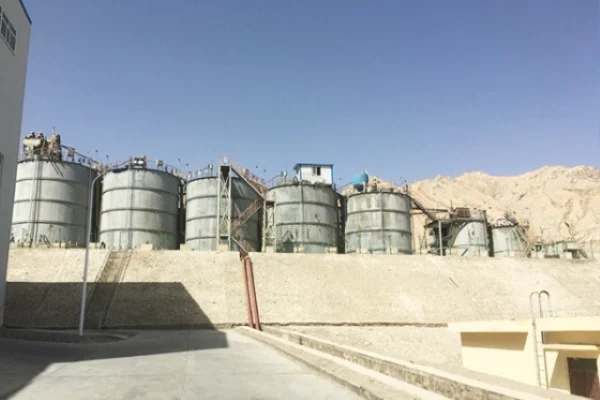
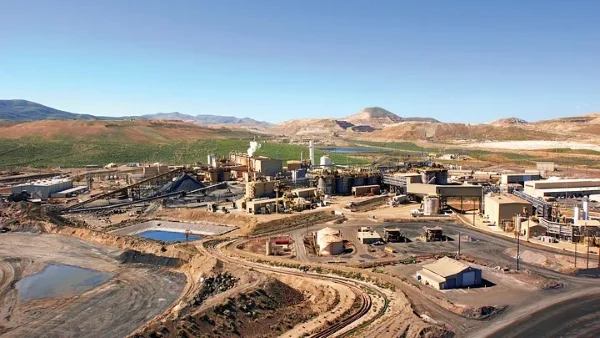

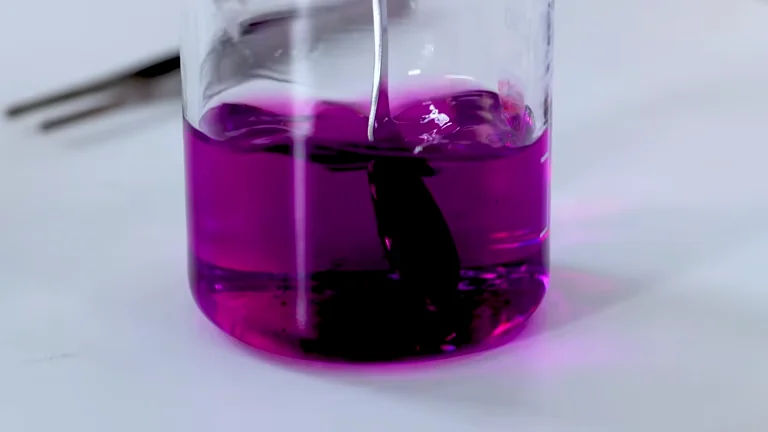





Online message consultation
Add comment: